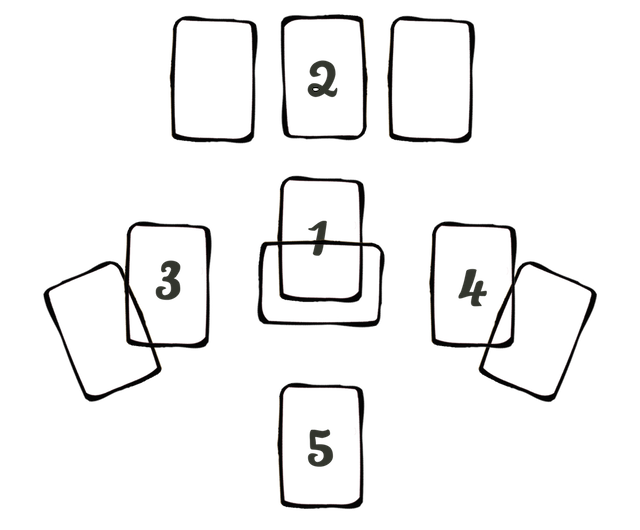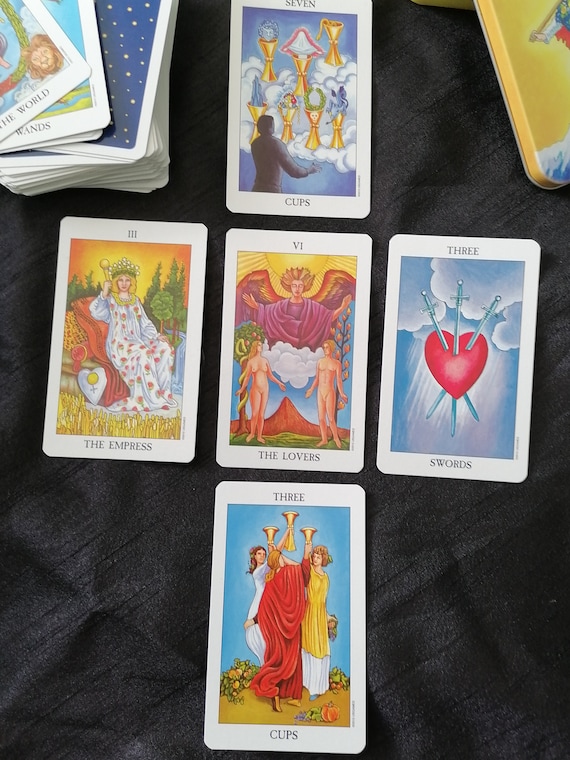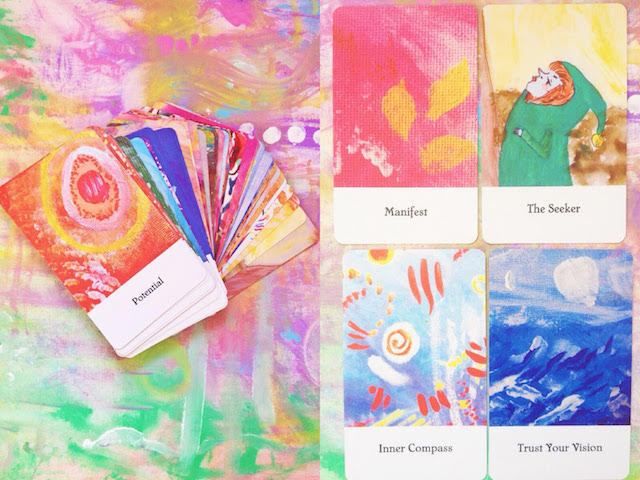
Palmistry, an ancient art, uses your hands to map out your personality. This map can reveal everything, from your history to your personal potential. The palmistry guide teaches you how your hands feel through interactive illustrations. This book will guide you through each of the four types of hand and explain the meanings of the lines and marks on your fingers. You will also find out about the meanings and rings on your hands.
Hands: A Comprehensive Guide for Palmistry
The hand is an important part of a person's personality, so it makes sense to learn how to interpret its shape and features. There are four basic shapes to the hands: water, air, fire, and earth. Each of these elements has specific characteristics that reflect aspects of a person's character and personality. These characteristics can be seen in the lines of the hand and the creases.
LifePrints - Your Fingerprints can help you decipher your life's purpose
Our fingerprints make us unique. We've been using them as a means of personal identification for a century, but did you know your fingerprints can also help you find your life's purpose? Richard Unger, author, reveals a powerful way to use your fingerprints as a compass to find meaning in your life.

The unique fingerprints we make five months before we are born are called fingerprints. Because they are unique, fingerprints can be used to identify oneself. Richard UNger's unique approach to self-discovery offers a daily compass of meaning.
Cheiro the Palmist
Cheiro The Palmist was a well-known palmist who predicted every hour of the future. However, despite his fame, Cheiro was a loner and resisted human bonds. His lonely life almost cost him his soul. He had many admirers but was unable to write books about his methods and techniques.
Cheiro the Palmist is one of the most influential palmists of all time. His revelations on the Line of Life are what made him famous. He believed the Line of Life was applicable to all aspects of life. The line should be both long and narrow. It should also be deep. If the line is long and deep, then the person will have good health.
Benham Book of Palmistry
This practical palmistry treatise was first published in 1900. This book contains more than 800 illustrations taken from actual life as well as a wealth information about palmistry. This treatise covers the following topics: The Basics Of Our Work, Plan for Creation, Mount Types and Life Current, General Attributes and Lines, as well as Pose and Carry on Hands.

Benham describes different hand formations known as mounts, and explains that each mount represents distinct virtues and faults of a person. In the same way, each mount corresponds to a different type of astrological sign. Jupiter is the sign Jupiter, Saturn the sign Saturn. Venus is the sign.
Eason’s palmistry book
Cassandra Eason’s A Little Bit of Palmistry offers a good introduction into palm reading. It includes information about the meaning of the basic lines, how they are used, and what the lines mean for life and death. It has 109 pages and is an excellent starter book for beginners.
Palmistry can be a fun way to learn. You can use it to predict the future, find opportunities and challenges, and determine compatibility with your partner. It is a fun and accurate method of divination that many people enjoy. Some books focus on the Active hand, which is the main writing hand. This hand can be used to record the potentials, opportunities and challenges of a person.
FAQ
What are some good hobbies?
Hobby Ideas For People Who Love to Teach and Learn.
Hobbies allow you to enjoy what you love while also learning new things.
While there are many types of hobbies available, most share the same characteristics. These are fun, easy activities that cost little and don't take too much effort.
They often involve helping others, such as teaching an instrument to someone or building an airplane model.
Even though you might not think of yourself to be a teacher or a tutor, chances are there are things you can do that could help someone else.
If you are looking to become more creative in your daily life, you might consider starting a hobby that allows you to share your talents with others.
What are some great hobbies for seniors?
Senior citizens should be able to enjoy activities that they are passionate about. They should also be active and take part in activities such as sports or other physical activities.
They may wish to join clubs, where they can find others who have similar interests. This will make them less lonely as they age.
Seniors should also keep up with the latest trends. You could, for example, follow the latest trends in fashion, literature, and music.
Can I make money from my hobby?
Many hobbies can help you make extra money.
If your hobby is a passion, you may be able to sell related items.
If you are a stamp collector, you might want to start a website that sells rare stamps.
You can also make extra income by selling and buying stamps.
You could also create a YouTube channel to talk about your hobby.
This allows you to share your passion with others and potentially generate additional revenue by offering premium content.
What are collection hobbies?
The most sought-after collections are books and movies, music, comics as well as comics, videos games, sports equipment, toys, and others.
Collect stamps, coins, cars, dolls and action figures as well as art supplies, tools, jewelry, watches, gadgets and furniture.
You get it?
What kinds of hobbies are appropriate for introverts.
The ability to focus on just one thing is a hallmark of introverts. They prefer solitude, such as reading, writing music, or watching movies.
They also enjoy spending quiet time alone. They don't enjoy being social all day. They are often bored when surrounded in people.
This is why introverts choose hobbies that make them feel alone. They might enjoy reading, listening to music or taking photos, painting, writing poetry, and other such activities.
Introverts may even prefer to live alone. They can focus on their hobbies and not be distracted by other people.
Statistics
- 37% Video Games 36% Travel 36% Health and Fitness (quizexpo.com)
- This 100% accurate personality-analyzing hobby quiz discovers your passion based on your characteristics. (quizexpo.com)
- The intensity of the dialogue partners' bond at the end of the forty-five-minute vulnerability interaction was rated as closer than the closest relationship in the lives of 30 percent of similar students. (time.com)
- I am 100% biologically a woman (discover.hubpages.com)
- Almost 80% of people claim to have no hobby. (hobbylark.com)
External Links
How To
How to begin gardening
Gardening has been around since the dawn of agriculture. It requires patience, persistence, and determination. First, choose a place where you would like to grow food. You could choose to plant food on a large parcel of land, or in your own backyard. Next, decide what type of plants you want to grow. Do you prefer vegetables or flowers? Some people enjoy growing herbs and others prefer raising livestock like rabbits. Before you decide on the type of crops you want to plant, it is important to consider the space available. If you live somewhere that has cold winters, it might be a good idea to grow berries or fruits.
After choosing what you want to plant you need to prepare your soil. Your plants' success or failure will depend on the soil they are placed in. Good quality soil contains organic matter that helps feed your plants' roots. Organic matter includes organic matter such as leaves, twigs or grass clippings. Once you have prepared your soil, you need to add nutrients. You will need different amounts of nutrients depending on which type of plants are being grown. To determine these values, you can use a fertilizer calculator online. Many fertilizers are on offer, so make sure that you know which one you are buying.
After preparing your soil and adding the proper nutrients, you now need to wait until your seeds germinate. This can take anywhere from two weeks to three months depending on where you live and how warm it is. After your seeds sprout, it is important to water them frequently. Watering your plants too little or too often can cause problems. Ensure you give your plants enough water at regular intervals and avoid overwatering. Overwatering could lead to root rot as well as fungal diseases. Remember that plants need less water in the summer than they do in the winter. Also, remember that certain plants need to dry out after watered. Tomatoes for instance need to remain slightly moist, but not wet. They are not happy to be in soggy soil. After the flowers have stopped, they must go into dormancy. When plants stop producing new growth, they go dormant and start storing energy for next season's harvest. Dormancy is when the plant stops sending signals back to its roots for food production. Throughout this time, plants can store energy. Plants will soon die if they are exposed to too much or too cold temperatures.
Urban environments may limit the variety of plants you can grow. Concrete sidewalks, roads or parking lots can block sunlight from reaching urban areas. Concrete absorbs light and prevents soil below from getting sufficient sun exposure. Because of this lack of sunlight, many plants cannot survive in cities. There are many plants that can survive in urban environments. Many trees, perennials, shrubs, as well as shrubs can be adapted to urban living. In addition, many annuals can be grown indoors in containers. Container gardens allow you to bring fresh greenery into your home year-round regardless of the weather outside.
You're now ready to plant after you have chosen where and what to grow in your garden.